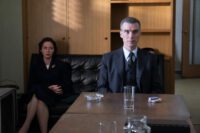EDITOR’S NOTE: This piece was written during the 2023 WGA and SAG-AFTRA strikes. Without the labor of the writers and actors currently on strike, films like those in the Mission: Impossible series wouldn’t exist.
There are few franchises like Mission: Impossible. Yes, there are other spy films. There are other action films. There are other Tom Cruise films. But there are few films that balance character and intrigue with the outlandish spectacle that Tom Cruise has seemingly dedicated his life to at this point. And it is remarkable, too, how much the series has evolved. Evolved, but not necessarily aged, just as Cruise seemingly hasn’t. Dead Reckoning—Part One, in fact, may be the boldest and most energetic one yet. It is no doubt a product of Tom Cruise and Christopher McQuarrie’s professional marriage in recent years that the franchise is now seemingly more confident than ever and is still churning out films with such creativity and inspiration.
With that in mind, perhaps it’s a good time to reflect on how far the franchise has come with, what else, a ranked list.
7. M:I 2
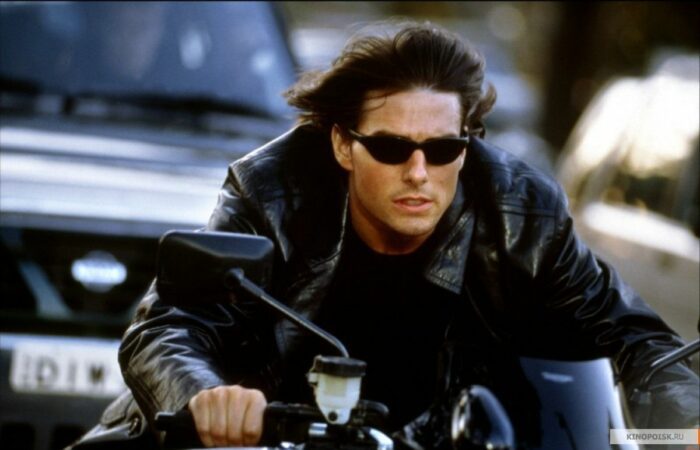
It is difficult to explain the implications of ranking an M:I film as the “worst” because really, no film in the franchise is truly bad. There’s a clear candidate for the bottom spot, though, because this is the just okay one. M:I 2 still has the outlandish action that makes the franchise, and John Woo films generally, so interesting. But it lacks the sense of intrigue and suspense that grounds so much of the other films. Especially when viewed as a follow-up to De Palma’s wildly paranoid and anxious first film, it’s simply missing something.
M:I 2 can be credited with really sewing the seeds of a lot of things about the franchise that were, for better or worse, solidified as part of its formula later on. There is Ethan’s insistence on making sure his friends always make it out of the mission; there is the films’ tendency to focus on quests for MacGuffins to varying success; and there is, of course, the large-scale stunt work that inevitably puts Cruise in absurd and dangerous situations in the film and in real life. In this way, M:I 2 deserves a lot of credit for creating much of what is essentially the franchise’s DNA. It could be wonderful if it were just more interesting.
6. M:I 3

This one is difficult. If the world were just, a better writing team, and a better director, would steward a M:I film with Philip Seymour Hoffman. But instead what we get is JJ Abrams and the team behind Alias and Lost, who were probably the hottest people in Hollywood at the time.
The mystery-box storytelling style that Abrams, Orci, and Kurtzman were so good at starting but not necessarily finishing made a lot of sense for the franchise. And to its credit, M:I 3 does it well. The Rabbit’s Foot is another MacGuffin for Ethan Hunt to race after, but the film doesn’t bother giving the audience some big reveal that they won’t care about. It’s smart in that way—it understands what matters about the experience of an M:I film, and can almost be read as a meta-statement on how stories like this are written and constructed. That might be giving Abrams and co. a lot of credit that they may or may not deserve. But, hell, they did something interesting.
M:I 3 also understands what it has with Philip Seymour Hoffman as the villainous Davian. His voice, his mannerisms, his nonchalant (to a point) attitude, all make him a quietly menacing figure in a way that no villain in the franchise has since matched, though Sean Harris has certainly been competitive. It’s Hoffman’s work that really carries the film, with Cruise’s help, to make it something worthwhile. There’s no action or stunt work here on the level of any of the other entries; the film rests, really, on the dynamics between Hoffman and Cruise. These are both two dedicated, sincere, and legendary performers, luckily, and both deliver.
5. Ghost Protocol

Tom Cruise climbs the Burj Khalifa. Probably the most iconic stunt in the entire franchise, The Burj Khalifa climb is the centerpiece of Ghost Protocol, a film that otherwise has a lot else to offer. The opening of the film in Moscow is a wild prison break sequence, and the following Kremlin heist sequence is thrilling. Furthermore, the Burj Khalifa scene itself is followed by a wonderful sandstorm chase that provides some thrilling visuals. It feels strange to have a film that’s so good be so low on this list, because dammit, it’s good!
The film also introduces a whole new team for Ethan, although Benji (Simon Pegg) also returns and solidifies himself here as a franchise mainstay. Paula Patton and Jeremy Renner, the other two newcomers, also do well, and Lea Seydoux also makes a brief appearance as the menacing assassin Sabine.
The structure of the film itself is a classic exemplar of the franchise going forward: namely, that the Mission: Impossible films are really just a series of failures marked by one crucial final success. Think about it: It begins with Hunt and co. trying to enter the Kremlin, but their cover is blown and they’re implicated in the bombing. Then they travel to Dubai, where they attempt to intercept the launch codes that were stolen from the Kremlin, only to have the villainous Kurt Hendricks—who is, admittedly, a character with absolutely nothing going on—escape with them. It’s only when the missiles have already been launched, when they’re speeding right for New York City, that Ethan is able to deactivate them and avoid catastrophic destruction and nuclear war.
It is this formula that nearly all films in the franchise, and certainly all of them post-Ghost Protocol, follow very closely. And it’s for a good reason: this tendency for the characters to fail so often and, often, so badly, gives them a humanity and vulnerability that really lends to the sense of heart that the films develop over time. These characters, especially Ethan, are dedicated to their mission, but they’re also dedicated to each other, and seeing them feel pain and disappointment from failing and putting their friends in danger gives them a real sense of gravitas that is rarely replicated in other blockbuster franchise films.
4. Fallout
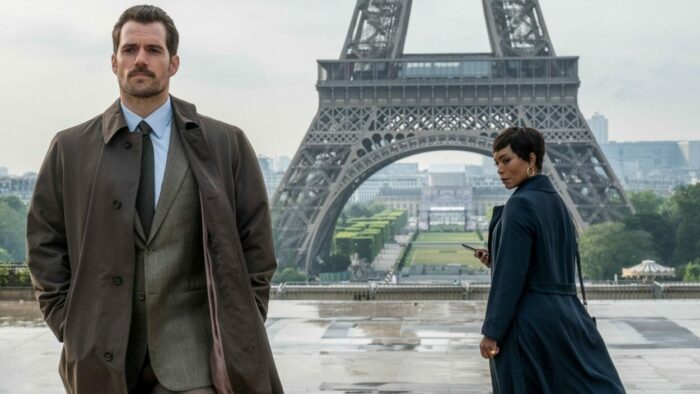
The Henry Cavill one. Fallout was the second in the franchise directed by Christopher McQuarrie, and as such it carried a bit of a burden. McQuarrie had proven that he could make an excellent Mission: Impossible film with Rogue Nation, but he had to prove that he could steward the franchise and really take control of it. Fallout proved that he could, and it proved that he and Cruise were not just good collaborators, but truly complimentary, pulling a well of good ideas and results out of each other.
The additions of Angela Bassett, Henry Cavill, and Vanessa Kirby also provide a good shot of energy into the film that helped carry on the M:I tradition of letting talented character actors steal the show and shine in smaller parts. Alec Baldwin also shines in this one, although he isn’t given as much to work with and has a more facile role than in Rogue Nation.
Fallout also showed McQuarrie’s and Cruise’s willingness to really confront and deconstruct the character of Ethan and his sense of morality. It’s this confrontation that has become a key piece of the franchise in its late period where McQuarrie and Cruise have really stamped out an identity for the films and its characters. Ethan and the team fail a lot, but their failures in Fallout force them to confront and question the idea that they can always save the world by doing things the same way they always have without having to sacrifice anything. Crucially, though, Fallout asserts that, yes, they actually can. It’s because of this sincerity and confidence that Fallout has so much to love—for the eyes, ears, and heart.
3. Dead Reckoning—Part One
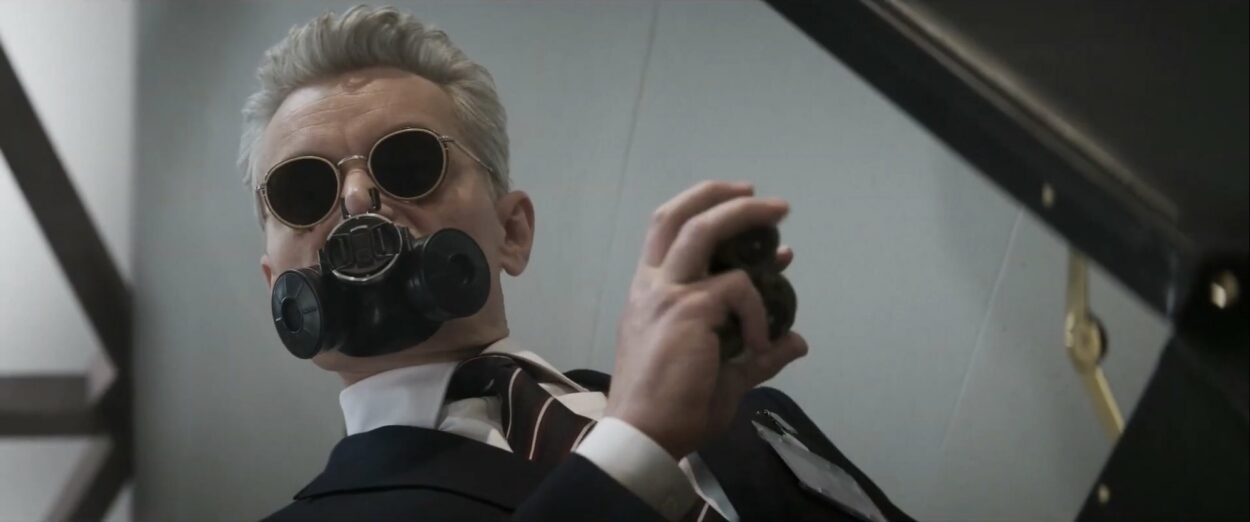
Maybe it’s too early to put this one so high. It only just came out. But Dead Reckoning—Part One is not only one of the most thrilling, suspenseful, and creative of the franchise; it’s probably the most audacious. “Audacious” refers to a lot of things: its absurd science-fiction premise of Ethan Hunt fighting a villainous AI mastermind, its nearly-three-hour runtime, or maybe its extreme meta-ness as it applies to Hollywood, the broader film industry, and the world writ large.
Let’s not forget that Dead Reckoning—Part One is pretty audacious in its politics, too, asserting not just a relatively anti-war or anti-fascist bent, but also a deep cynicism about the inner workings of the American Intelligence Community. I mean, this is a film in which the Director of National Intelligence (Cary Elwes) gleefully utters the phrase “military industrial complex.” It is a surprising stance for a film like this to take, and is kind of baffling in the wake of last year’s Top Gun: Maverick, which of course Cruise starred in and McQuarrie co-wrote. That film was pretty cowardly in its politics, refusing to outwardly name what the mysterious “enemy” was and never investigating the role of the Air Force in any substantive way. It thus makes the thematic work at play in Dead Reckoning a very interesting and, to this author, pleasant surprise.
Ultimately, though, what makes Dead Reckoning—Part One work so well is that it understands what makes the franchise work, and just simply does more of all that than any previous film. You like involved, paranoid suspense? This one has over 160 minutes of it. You like character actors in wild, eccentric bit parts? This one has more than you can remember, with standouts like Pom Klementieff, Shea Wigham, and, of course, Henry Czerny in his first appearance since the 1996 original. You like absurd action that feels tangible and visceral? There’s too much of that to really quantify, but there’s car chases, fistfights, fistfights on top of and inside of a train, and more running than can be described in words.
It is a huge, far-reaching film with so much ambition that it risks feeling overstuffed—and it can easily come off that way at times. But McQuarrie is a very seasoned and smart writer & director who knows how to execute this formula well. Here, he takes the most risks that he’s taken in any of his M:I films so far, and it pays off. One can only hope that Dead Reckoning—Part Two can end this two-part culmination of the franchise as well as Part One began it.
2. Mission: Impossible
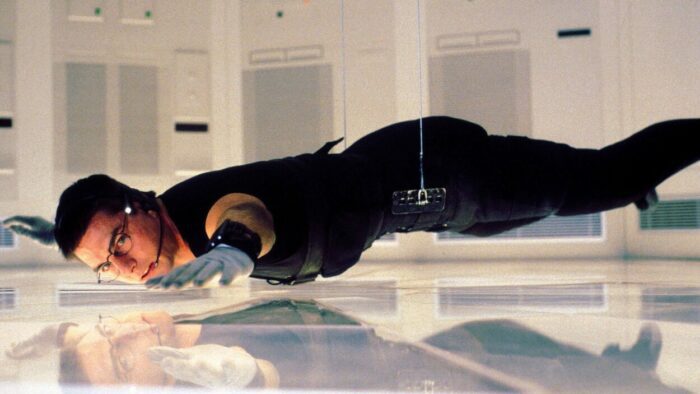
It feels jarring to watch the “original” De Palma Mission: Impossible knowing what becomes of the franchise. There’s so much of the original that the sequels simply lose, and perhaps that is a product of the tendency to switch writers and directors with every entry until Fallout. But the original has all of the intrigue and paranoia that De Palma does so well, and packages it all in a very taut and clever spy thriller.
There’s a lot more charm to Cruise’s Ethan Hunt here, too, than in a lot of the following entries, as he’s more vulnerable and desperate here than he is in, at the very least, the next two. The first M:I film also graces us with the likes of Jon Voight, Henry Czerny, and Jean Reno in excellent supporting roles, not to mention the introduction of mainstay Ving Rhames.
There’s a remarkable finesse to the original, too, in how it twists and deceives and turns back on itself. It makes the viewer doubt every move and question everything that’s presented to them about what is actually going on. De Palma crafts suspense expertly, with scenes like the exchange in the restaurant between Ethan and Kittridge or the famous CIA heist standing out for their extreme tension all while serving the broader aims of balancing character and spectacle. It’s a remarkable film—and a classic in its own right.
1. Rogue Nation

Rogue Nation is a masterpiece, a film so outwardly energetic that it puts Ethan Hunt on the side of a plane as it takes off, and has him then launch out of it, in its first ten or so minutes. One might ask: Does that sequence really have anything to do with the actual film? Only a little bit, but it exists because it rocks, and because it is thrilling and well-executed. Rogue Nation is, thus, a testament to the franchise’s seeming philosophy of building a story around the visuals and sequences it wants to show us.
The thrills in Rogue Nation are, furthermore, the best in the franchise. There is a masterful, pounding vibrancy to the opera section in particular, where music and visuals and character and suspense and mystery all come together to create what is, for this author, one of the best, most thrilling, and most beautiful action sequences ever put to film (and one that, crucially, ends in a brutal, crushing failure).
But Rogue Nation is also notable for injecting some much-needed heart into the franchise, and giving Ethan something more than a team—a group of friends. Pegg returns for the third time, and Renner also returns from Ghost Protocol. Alec Baldwin gleefully takes up the mantle of grumpy, jaded bureaucrat, and Rebecca Ferguson makes her introduction as Ilsa Faust, the most interesting and enigmatic character of Rogue Nation and one of the most miraculous additions to the franchise since Tom Cruise himself.
I’ll close with an anecdote: I have a very vivid memory of watching Black Widow around the time it came out in theaters in 2021. Early on in that film, there is a sequence that copies, almost to the T, a sequence in Rogue Nation. It was a recreation of the scene in which Ethan Hunt, on the run once again, is about to be caught but turns out to be, in fact, thousands of miles away from where we thought he was. Rogue Nation had been seared into my memory at that point, and I recognized basically right away that Black Widow was copying it. It was at that point that I started to think Rogue Nation might not just be an incredible action film, but the blueprint for the future of espionage cinema.


